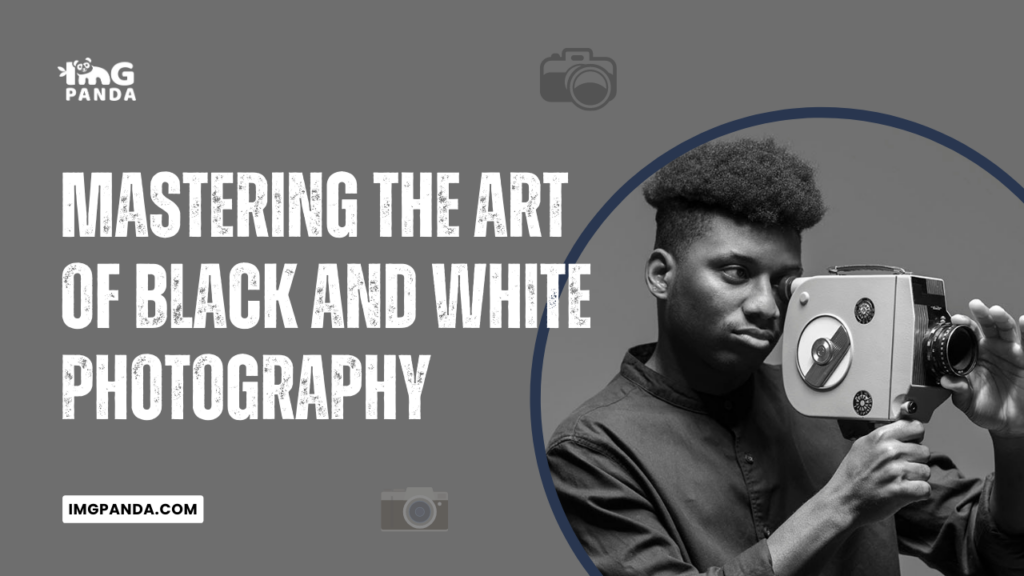Introduction:
Black and white photography is a timeless and captivating art form that continues to enchant photographers and viewers alike. It's a medium that transcends color and invites us to explore the world through a different lens – one where light and shadow dance together to tell stories with unparalleled depth and emotion.
In this journey of mastering the art of black and white photography, we'll delve into the nuances of contrast, composition, and storytelling. Whether you're a novice photographer or a seasoned pro, this guide will unravel the secrets to creating striking monochrome images that evoke powerful emotions and leave a lasting impression. Join us on this monochromatic adventure and unlock the true potential of your photography skills.
Also Read This: Top 20 Amazing Twitter Accounts to Follow in 2023
Understand the difference between color and black and white:
Color and black and white photography are different in several ways. The most obvious difference is that color photography captures the full range of colors in a scene, while black and white photography records only the tones of gray.
Without color, black and white photography relies heavily on contrast, texture, and tone to create impact. In contrast, color photography can rely more on the natural beauty and vibrancy of the colors captured in a scene.
Color can also be used to create mood and convey emotions in a way that black and white photography cannot. Warm colors like red and orange can create a feeling of excitement or energy, while cool colors like blue and green can create a calming or soothing effect.
On the other hand, black and white photography can be used to create a timeless or nostalgic feel, and can help to emphasize the shapes, lines, and patterns in a scene. In addition, black and white photography can often be more forgiving of poor lighting conditions or color casts, as these issues can be masked by converting the image to black and white.
Overall, the choice between color and black and white photography is a matter of personal preference and artistic vision. Both styles have their own unique strengths and limitations, and can be used to create beautiful and impactful images.
[caption id="attachment_192551" align="alignnone" width="1500"]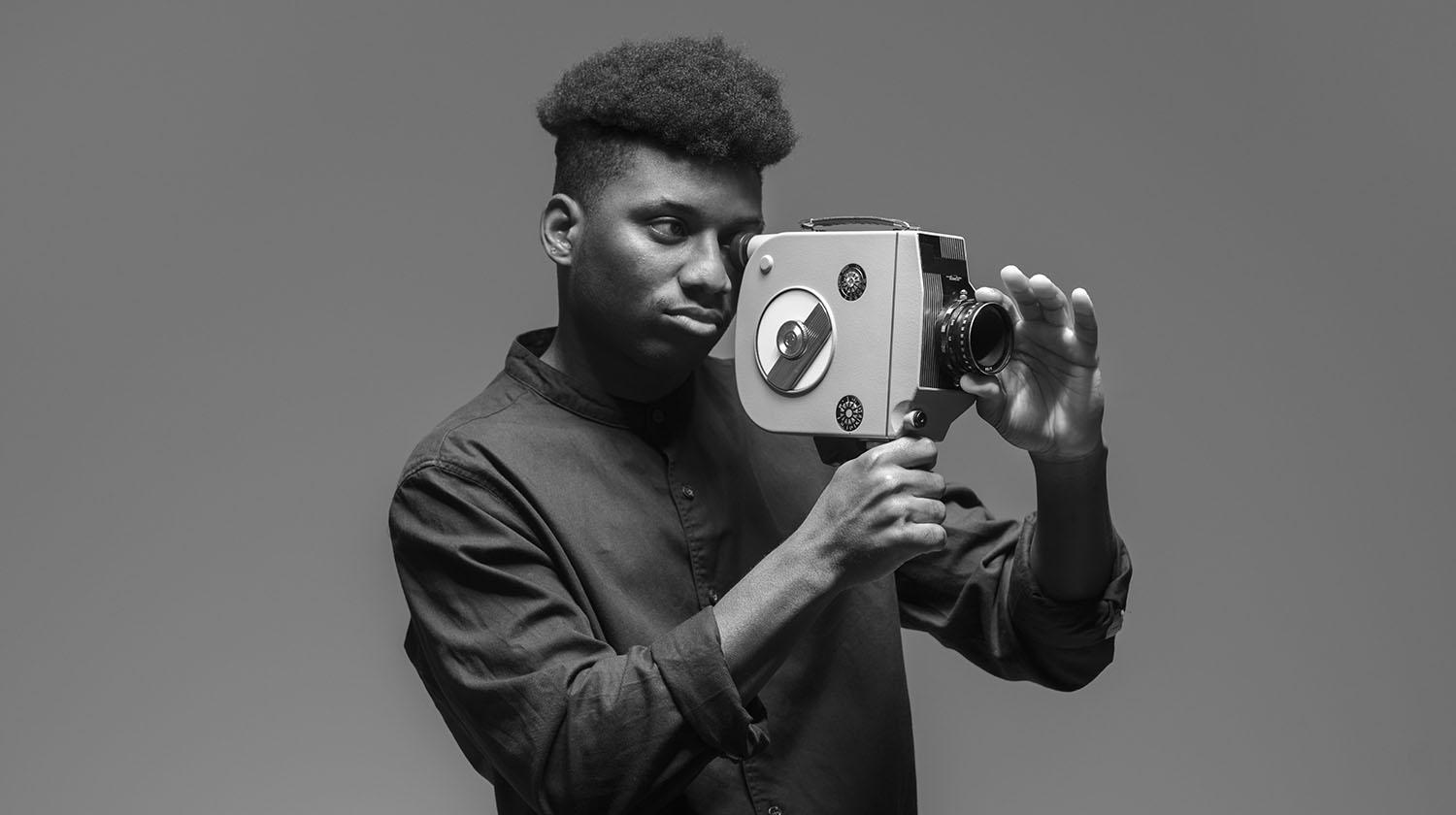 Black and White Photography[/caption]
Black and White Photography[/caption]
Also Read This: Imago Stock Videos: Showcase Your Business
Look for contrast:
In black and white photography, contrast is a crucial element that can help to create impact and drama in your images. Contrast refers to the difference between the lightest and darkest areas of an image, and can be created in a number of ways.
One way to create contrast is to look for scenes with a strong difference between light and dark areas. For example, a brightly lit subject against a dark background can create a strong contrast. You can also experiment with adjusting the exposure to increase the contrast in your images.
Another way to create contrast is to use shadows and highlights to your advantage. Look for scenes with interesting patterns of light and shadow, and try to position your subject in a way that creates a strong contrast between the two.
Finally, you can also create contrast through post-processing techniques such as dodging and burning, which involve selectively lightening or darkening areas of the image to create more contrast.
When shooting in black and white, it's important to pay close attention to contrast, as it can help to create depth, drama, and interest in your images. Experiment with different techniques for creating contrast, and pay attention to the results to develop your own unique style.
[caption id="attachment_192552" align="alignnone" width="1500"]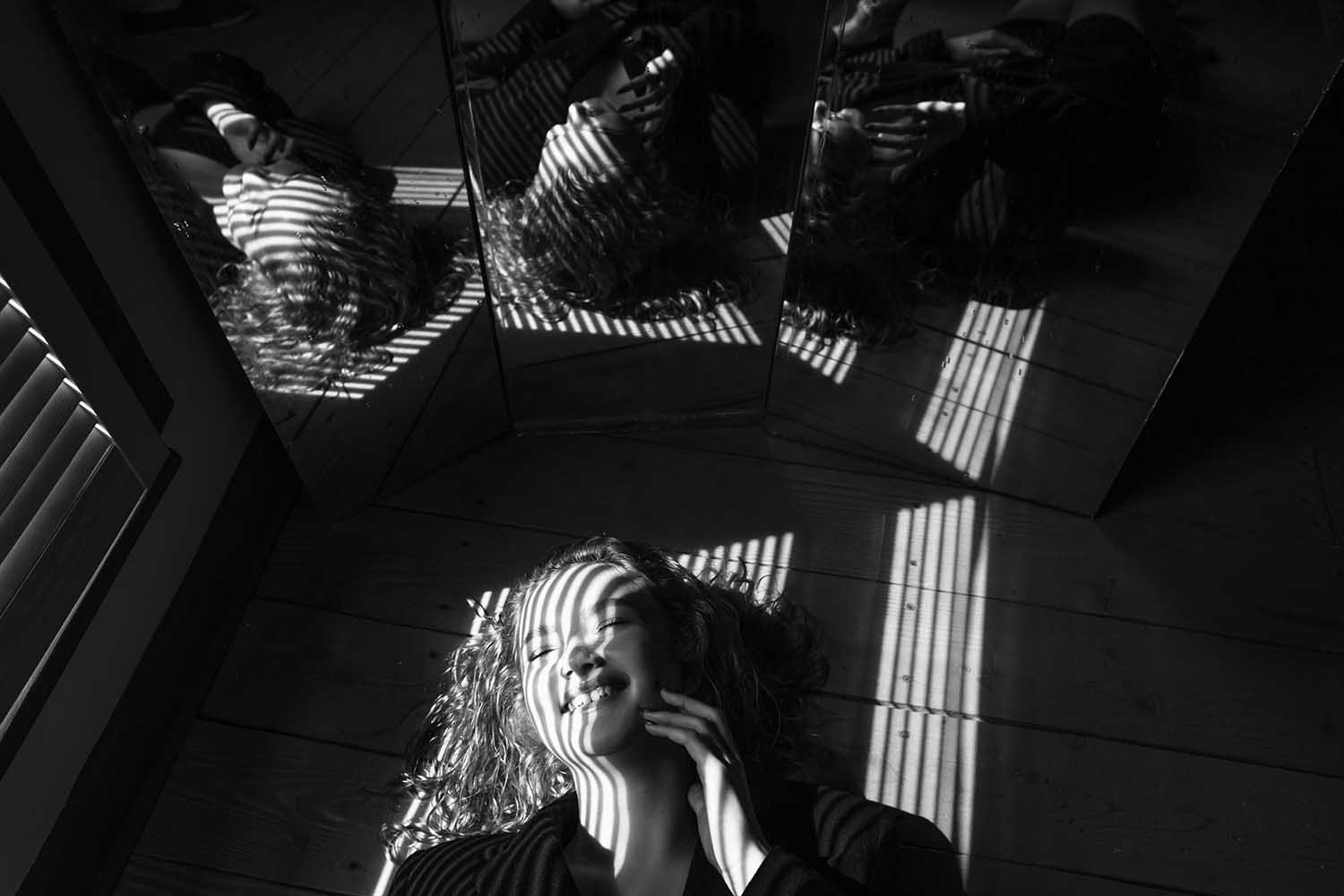 Look for contrast[/caption]
Look for contrast[/caption]
Also Read This: Commercial Ventures: Using Flaticon with Confidence
Pay attention to textures:
Textures play an important role in black and white photography. Without the distraction of color, the texture of a subject can be emphasized and appreciated more. When shooting in black and white, it's important to pay attention to the textures in your scene and how they can contribute to the overall mood and feel of your image.
Textures can be found in various places, such as the bark of trees, the creases on a person's skin, or the ruggedness of a stone wall. They can be accentuated by the lighting conditions you choose and the angle at which you take your shot.
To make textures stand out in your black and white photos, you can experiment with lighting, contrast, and sharpness. Side lighting can bring out the textures in a scene, while backlighting can add a sense of depth and dimensionality. Increasing the contrast and sharpness in post-processing can also help to bring out the textures and make them more prominent in the image.
Textures can be used to add visual interest and dimension to your black and white photos. By paying close attention to the textures in your scene, you can create images that are rich in detail and capture the beauty of the world around you.
[caption id="attachment_192553" align="alignnone" width="1300"]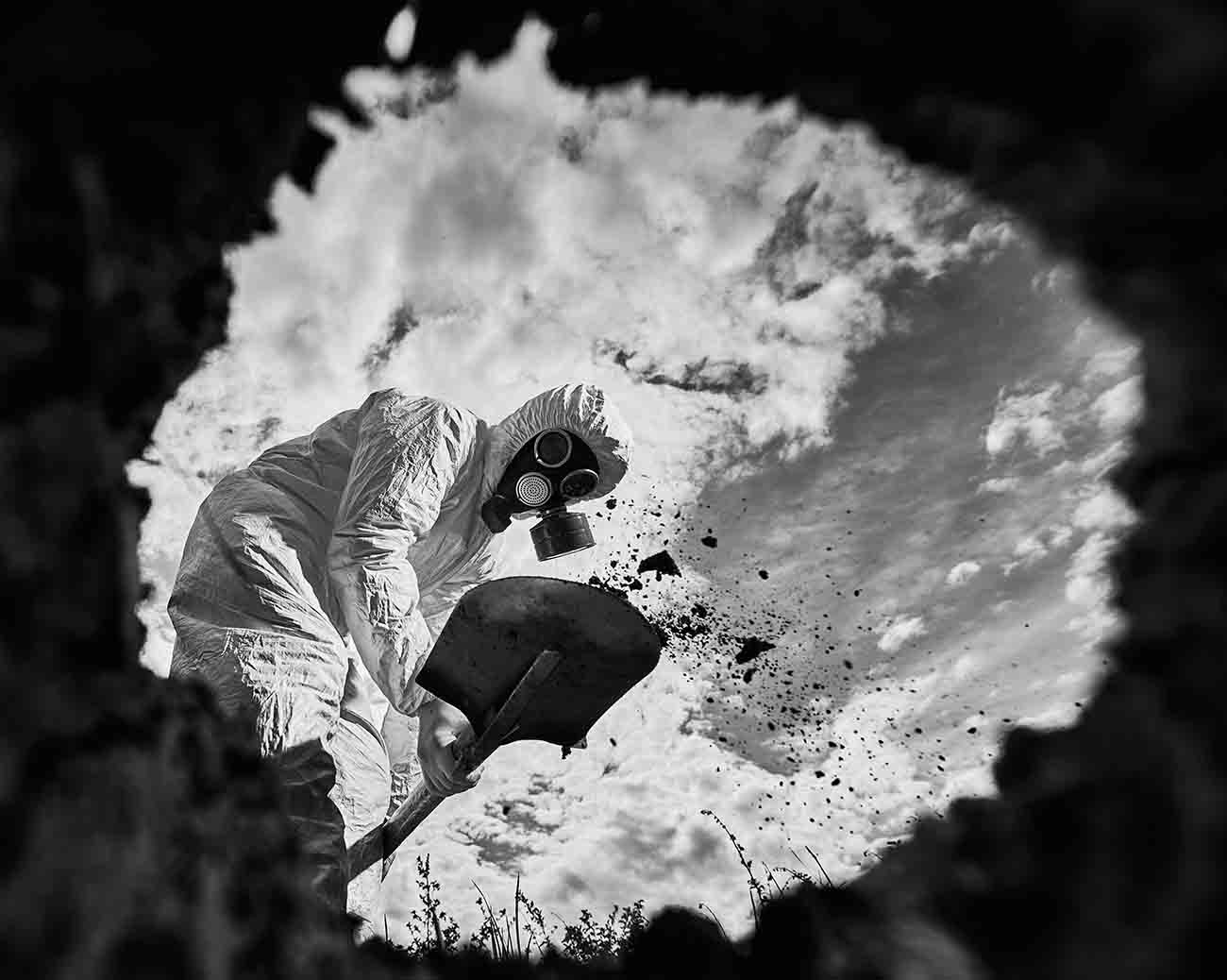 Pay attention to textures[/caption]
Pay attention to textures[/caption]
Also Read This: How to edit photos in the 90s style?
Shoot in RAW:
Shooting in RAW is a great way to get the most out of your black and white photos. RAW files contain all of the data captured by the camera's sensor, which gives you greater control over the final image during post-processing.
When you shoot in JPEG, the camera processes the image and applies certain settings (such as white balance, sharpness, and contrast) before saving the file. This can limit your ability to make changes to the image later on.
In contrast, RAW files give you more flexibility in post-processing. Because RAW files contain all of the data captured by the sensor, you can adjust settings like exposure, contrast, and white balance without degrading the quality of the image. This is particularly important when shooting in black and white, as you may want to adjust the contrast and tonal range of the image to create the desired effect.
When shooting in RAW, it's important to use a software program that allows you to make adjustments to the image. Popular software programs for RAW processing include Adobe Camera Raw, Lightroom, and Capture One.
Overall, shooting in RAW can give you greater control over your black and white photos and help you create images that are rich in detail and tonality.
Also Read This: The Ultimate Guide to Facebook Live for Business
Experiment with different lighting:
Experimenting with different lighting is a great way to add interest and depth to your black and white photos. The way you use light can greatly affect the mood and tone of your images, so it's important to pay close attention to the lighting conditions when shooting in black and white.
One way to experiment with lighting is to use natural light. Early morning or late afternoon light can create long, dramatic shadows that add depth and dimension to your images. Backlighting can create a sense of depth and drama, while side lighting can help to emphasize texture and form.
You can also experiment with artificial lighting, such as studio lighting or flash. These types of lighting allow for greater control over the lighting conditions, and can help to create dramatic effects such as high contrast and deep shadows.
When using artificial lighting, it's important to pay attention to the direction and intensity of the light. Soft, diffused lighting can create a more natural and subtle effect, while harsh, direct lighting can create a more dramatic and intense look.
Overall, experimenting with different lighting conditions can help you to create images that are rich in tonality and mood. By paying attention to the way light affects your images, you can create black and white photos that are truly unique and striking.
[caption id="attachment_192554" align="alignnone" width="1500"]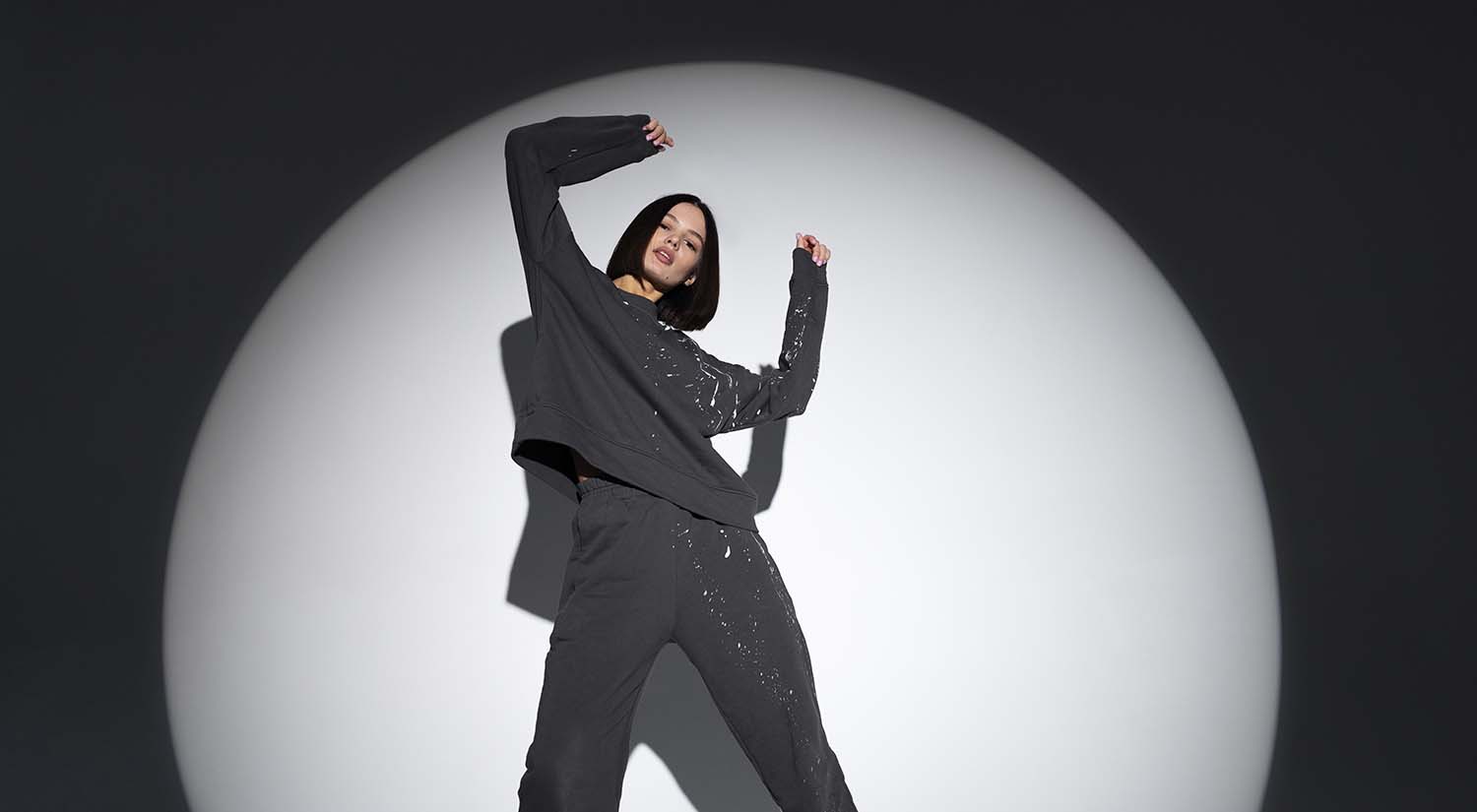 Experiment with different lighting[/caption]
Experiment with different lighting[/caption]
Also Read This: Copyright Vigilance: How Getty Images Finds and Addresses Copyright Infringement
Pay attention to composition:
Composition is a crucial element of any photograph, and this is particularly true in black and white photography. Without the distraction of color, the composition of your image becomes even more important in creating a visually striking and balanced photo.
One way to pay attention to composition in black and white photography is to use the rule of thirds. This involves dividing your image into thirds horizontally and vertically, and placing your subject at the intersection of these lines. This can create a more visually pleasing and balanced image.
You can also experiment with leading lines, which draw the viewer's eye through the image and create a sense of depth and dimensionality. Look for natural lines in your scene, such as roads, fences, or tree branches, and use them to guide the viewer's eye through the image.
Another important element of composition is balance. This can be achieved by placing the subject off-center in the frame, and using other elements in the scene to create a sense of visual balance. For example, if you have a subject on one side of the frame, you can balance it out with another element on the opposite side of the frame.
Finally, pay attention to the overall mood and feel of your image. This can be achieved through careful selection of your subject, lighting, and framing. Consider what you want to convey with your image, and use composition to help convey that message.
Overall, paying attention to composition is an essential part of creating impactful and visually striking black and white photos. By experimenting with different compositional techniques, you can create images that are not only visually pleasing but also convey a powerful message to the viewer.
[caption id="attachment_192555" align="alignnone" width="1500"]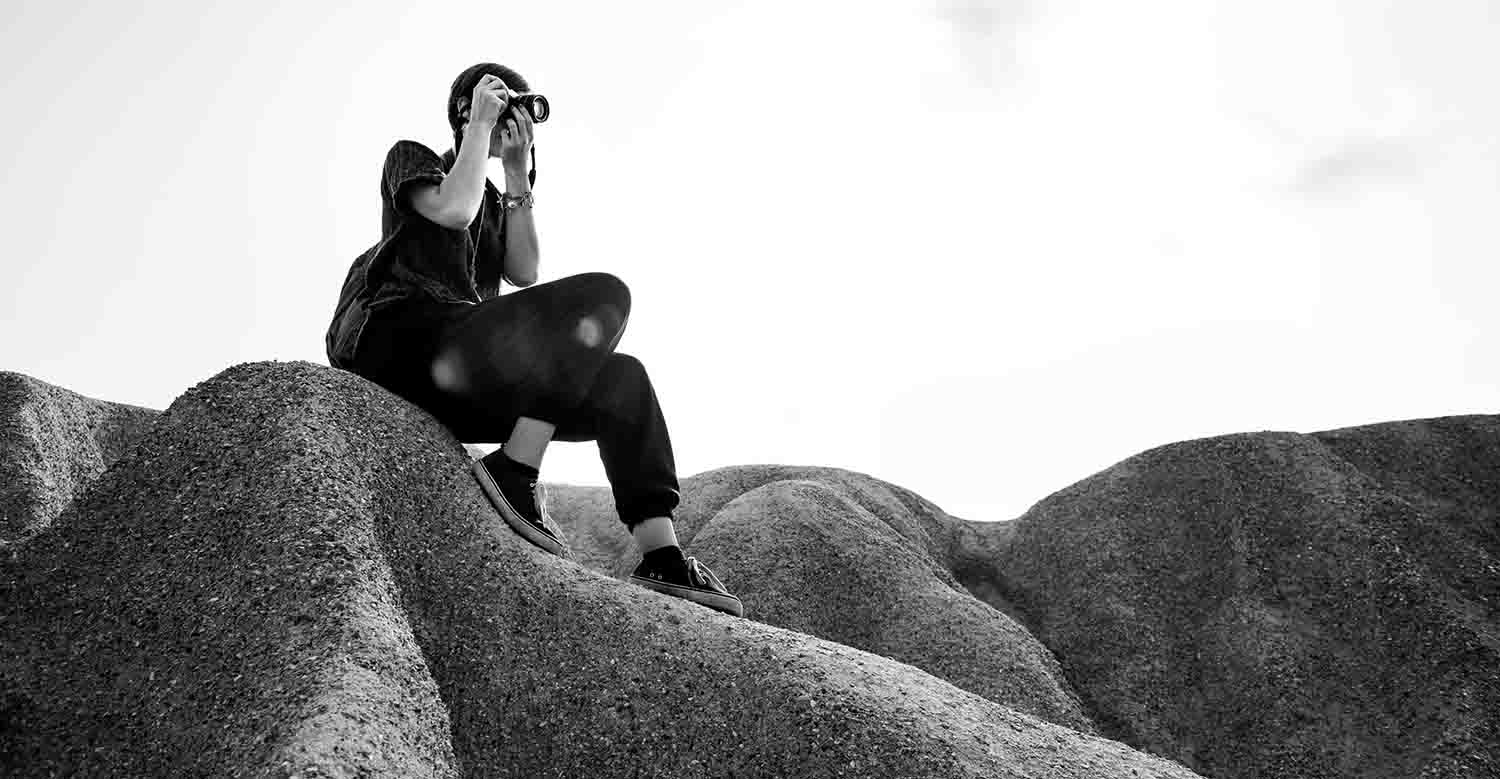 Pay attention to composition[/caption]
Pay attention to composition[/caption]
Also Read This: Behind the Lens: Exploring the Journey of the Highest Paid Shutterstock Contributor
Don't be afraid to use filters:
Using filters is a great way to add depth and drama to your black and white photos. Filters are a type of accessory that you attach to the front of your camera lens, and they can be used to modify the way that light enters the lens and interacts with the sensor.
One of the most popular types of filter for black and white photography is the red filter. Red filters absorb blue and green light, which can help to create a more dramatic and contrasty image. Red filters are particularly useful when shooting landscapes or cityscapes, as they can help to bring out the details in the sky and create a more striking image.
Another popular filter for black and white photography is the yellow filter. Yellow filters absorb blue light, which can help to create a warmer and more natural-looking image. Yellow filters are particularly useful when shooting portraits, as they can help to soften the skin and create a more flattering image.
You can also experiment with other types of filters, such as polarizing filters or neutral density filters. Polarizing filters can help to reduce glare and create more vivid colors, while neutral density filters can be used to create long exposures or to reduce the amount of light entering the lens.
When using filters, it's important to pay attention to how they affect your image. You may need to adjust your exposure settings or white balance to compensate for the filter's effect on the image.
Overall, don't be afraid to experiment with different types of filters in your black and white photography. Filters can be a powerful tool for creating striking and impactful images, and can help you to achieve the desired effect in your photos. Here's a video that delves into the mastery of black and white photography, offering valuable insights and techniques to elevate your skills in this captivating art form.
Also Read This: Removing Adobe Stock Watermark: An Easy Guide for Removing Watermarks
Practice, practice, practice:
As with any skill, practice is key to mastering the art of black and white photography. The more you practice, the better you will become at understanding how to use light, composition, and other techniques to create stunning images.
One of the best ways to practice black and white photography is to simply take your camera with you wherever you go, and look for interesting subjects and scenes to photograph. Practice shooting in different lighting conditions, and experiment with different compositions and techniques.
You can also challenge yourself by setting specific goals or assignments for your photography. For example, you might decide to focus on capturing textures or patterns in your images, or to shoot only in black and white for a certain period of time.
Another great way to practice black and white photography is to study the work of other photographers. Look for photographers whose work you admire, and try to analyze their techniques and compositions. You can also seek out feedback and critique from other photographers, either online or through a local photography group.
Remember that mastery of any skill takes time and effort, and that there will be both successes and failures along the way. Don't be discouraged by setbacks or mistakes; instead, use them as opportunities to learn and grow as a photographer.
Overall, the more you practice and experiment with different techniques, the more you will develop your own unique style and vision as a black and white photographer. So keep practicing, keep learning, and keep pushing yourself to create images that truly inspire and captivate your viewers.
"Photography is an art of observation. It's about finding something interesting in an ordinary place... I've found it has little to do with the things you see and everything to do with the way you see them." - Elliott Erwitt
Also Read This: 10 Twitter Trends You Need to Follow Right Now
Pros and Cons:
Pros:
- Black and white photography emphasizes composition and texture in a way that color photography does not. This can help photographers create striking images that are more focused on the subject and its details.
- Black and white photos have a timeless and classic look that can be appealing to viewers. They can also create a sense of nostalgia and evoke memories of the past.
- Black and white photography allows for greater creative freedom, as photographers do not have to worry about color accuracy or saturation. This can lead to more experimentation and creative expression.
- Black and white photography can create a more emotional impact, as it can emphasize the mood and atmosphere of a scene. This can be particularly useful in documentary or portrait photography.
Cons:
- In some situations, color photography may be more appropriate than black and white. For example, if a photograph relies heavily on color to convey meaning or information, black and white may not be the best choice.
- Black and white photography requires a different approach to composition, lighting, and post-processing than color photography. This can be challenging for photographers who are used to working with color.
- Black and white photography may not be suitable for all subjects. For example, subjects that rely heavily on color, such as landscapes with vibrant foliage or bright flowers, may not translate well to black and white.
- Black and white photography can be less technically forgiving than color photography. Issues such as blown highlights or underexposure can be more pronounced in black and white, and can be more difficult to correct in post-processing.
[caption id="attachment_192521" align="alignnone" width="1500"] Pros and Cons[/caption]
Pros and Cons[/caption]
Also Read This: Gaining Recognition on EyeEm: A Comprehensive Guide
Conclusions:
In conclusion, mastering the art of black and white photography requires an understanding of the unique qualities of black and white imagery and the technical skills necessary to create compelling images. It is important to pay attention to contrast, texture, composition, and lighting when shooting in black and white, as well as to experiment with different techniques and tools such as filters.
While black and white photography has its advantages, such as emphasizing composition and creating a timeless look, it can also be limiting in some situations and may require a different approach than color photography. However, with practice and experimentation, photographers can develop their own unique style and vision in black and white photography, creating images that evoke emotion and capture the essence of their subjects.
FAQ:
What camera settings should I use for black and white photography?
There is no one-size-fits-all answer to this question, as the ideal camera settings will depend on factors such as lighting conditions, subject matter, and personal style. However, some general tips include shooting in RAW format, using a low ISO to minimize noise, and adjusting aperture and shutter speed to achieve the desired depth of field and motion blur.
What are some good subjects for black and white photography?
Subjects that have strong contrast, texture, and form can be particularly well-suited to black and white photography. This includes portraits, architecture, landscapes, and still life compositions.
How can I create a timeless look in my black and white photos?
To create a timeless look in black and white photos, pay attention to the composition, lighting, and mood of your images. Look for classic or iconic subjects that evoke a sense of nostalgia or timelessness, and experiment with different post-processing techniques to create a vintage or film-like look.
What are some common mistakes to avoid in black and white photography?
Common mistakes in black and white photography include overusing filters or presets, neglecting to pay attention to composition or lighting, and relying too heavily on post-processing to fix technical issues.
How can I improve my black and white photography skills?
To improve your black and white photography skills, practice regularly, study the work of other photographers, and seek out feedback and critique from peers or mentors. Try new techniques and experiment with different subjects and lighting conditions to expand your skills and creative vision.









































